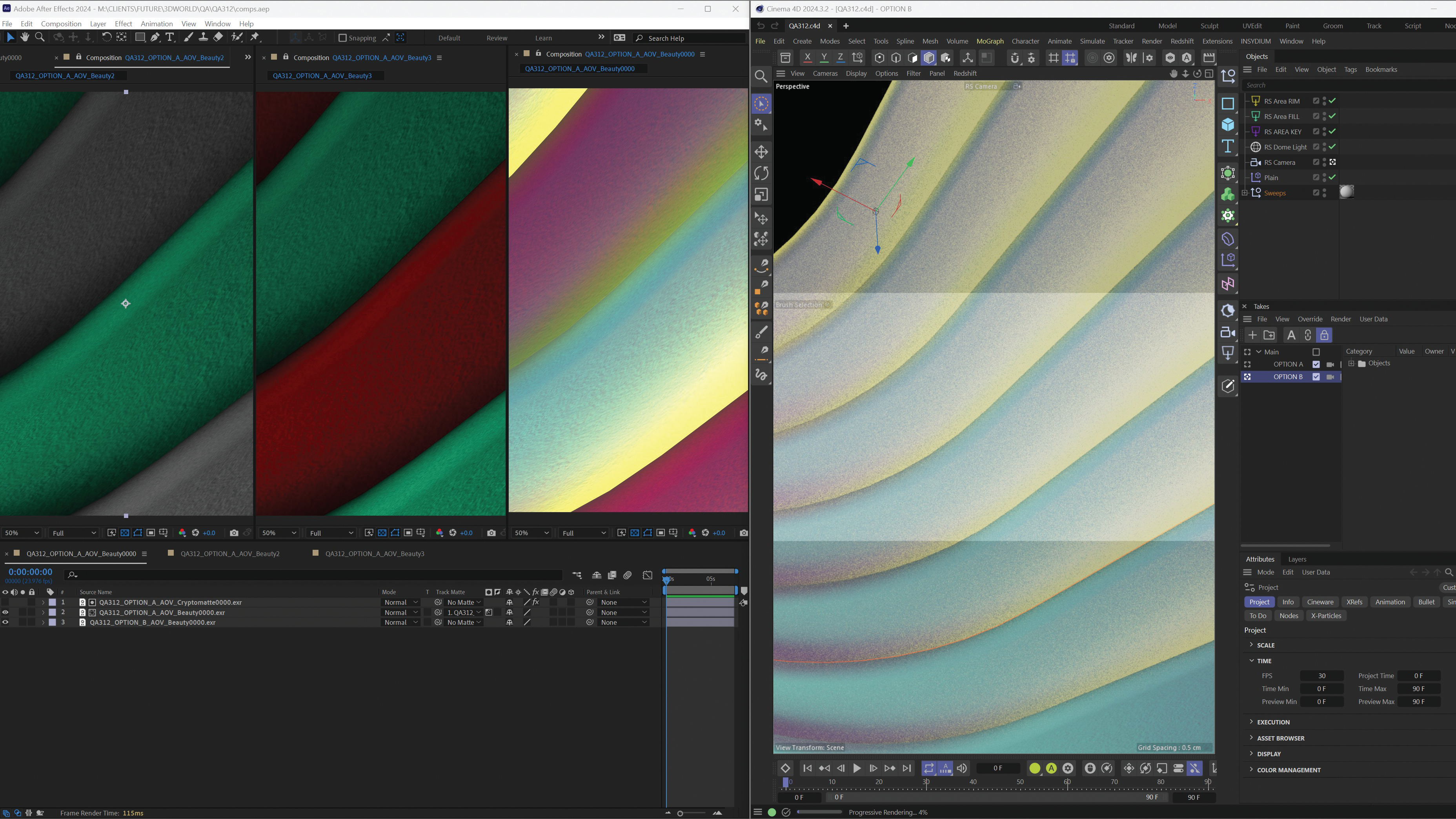Developer reacts to PlayStation VR 2 – will PSVR 2 be any good?
PlayStation VR 2 is only months away, so we asked Moss VR developer Polyarc for their impressions of the new tech.
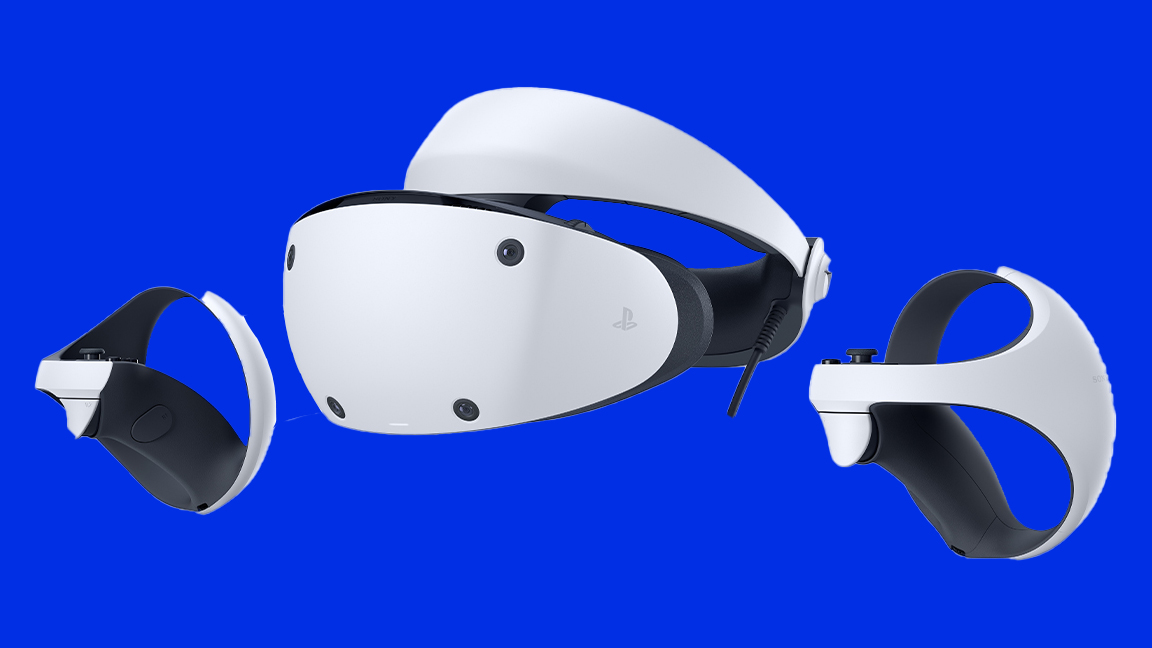
Sony's PlayStation VR 2 will be here soon. The PSVR 2 release date is set for 22 February 2023, so it’s just months away and you’re maybe considering a PSVR 2 pre order from the official Sony PlayStation Store. The big question is, will it be worth it? To get the answer we asked developer Polyarc, creator of Moss and Moss Book II, which is confirmed for PSVR 2.
We know the new PSVR 2 virtual reality hardware will be swoopy and white like the base console, but its looks are just one of many reasons why the next generation of VR will be a head-turner. As our PS5 review revealed, two years on Sony's newest console still impresses, so expectations are high PlayStation VR 2 will be unrivalled. Stick with me as I dig into why you should be excited for PSVR 2.
The PlayStation VR 2 headset includes a slew of new features, and you can read about them in detail in our feature 'PSVR 2: price, release date, specs, games – everything you need to'. If you're getting a PlayStation VR 2 then take a look at our guide to the best PSVR 2 games coming soon.
One of the most eye-grabbing of these new features is something called 'foveated rendering'. This means the headset cleverly tracks what you’re looking directly at and then only renders in detail that part of the screen. As a rendering technique, it definitely presents outside-the-box thinking, so I ask Brendan Walker, principal engineer at VR developer Polyarc, for his expert perspective.
"[In] the human eye it turns out there's a narrow window," he tells us. "The [field of view] is where you're focusing your attention and you can actually put a lot – most – of the detail there and then have lower resolution outside of that. So we [developers] are actually wasting a lot of rendering horsepower without eye tracking and putting detail where there actually doesn’t need to be as much."
He later says, "It’s funny because it’s one of those things that engineers are excited about – we can improve performance and increase fidelity – but when it's working right, you won’t notice because everything that’s outside of your periphery [vision], you won't realise it’s lower resolution."
PlayStation VR 2 developer reaction
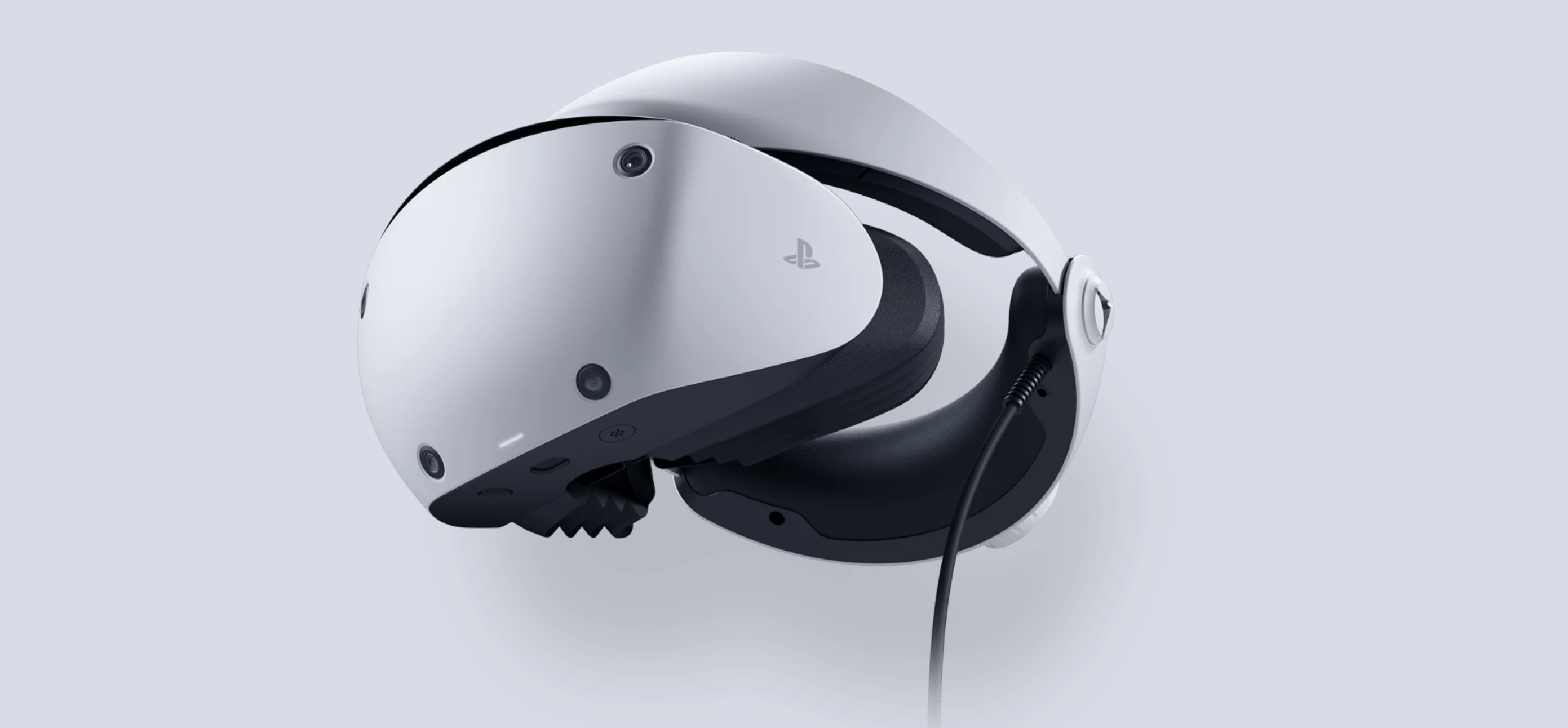
Walker goes on to add that this particular design choice will benefit the PSVR 2 hardware throughout its lifecycle, helping prolong its usefulness , saying, "It was smart of Sony to lean into this on a console because, you know, you have this hardware that hopefully is going to be around for quite a while. And in order to eke out as much lifetime out of it, you need to be able to optimise where you can and this is another axis of optimisation."
Get the Creative Bloq Newsletter
Daily design news, reviews, how-tos and more, as picked by the editors.
The eye-tracking tech that is so key to foveated rendering should elevate VR experiences in other ways too, and particularly the use of PlayStation VR 2. "It’s also exciting from a gameplay, game design point of view, because [the player's gaze is] a new form of input," Walker tells us, "In VR […] because you don’t explicitly control the camera any more – because the player's head is the camera – you can't control necessarily where the player is looking directly. […] You can kind of get this with generally where the head is pointing at but that's not exactly where the eyes are looking."
Walker continues: "But with eye tracking, you can say, 'Hey, I know the player's looking at Quill [the mouse protagonist of Polyarc's Moss series] right now. So I can trigger a reaction right now and I know the player will notice it'. And then you can also even potentially build some other kind of gameplay mechanics off of that."
He adds: "This is a hypothetical example: you're looking at a flower, and then the flower will start blooming. And [the player is] like, 'Oh, hey, there's an interaction here that opened up because I looked at it. And then I can reach out and grab it with a controller,' for example. So you can have these two-stage interactions – kind of like when your mouse hovers over a button in the UI and the button lights up. It's the same kind of thing but with your eyes as the cursor, basically."
PSVR 2 eye-tracking impresses
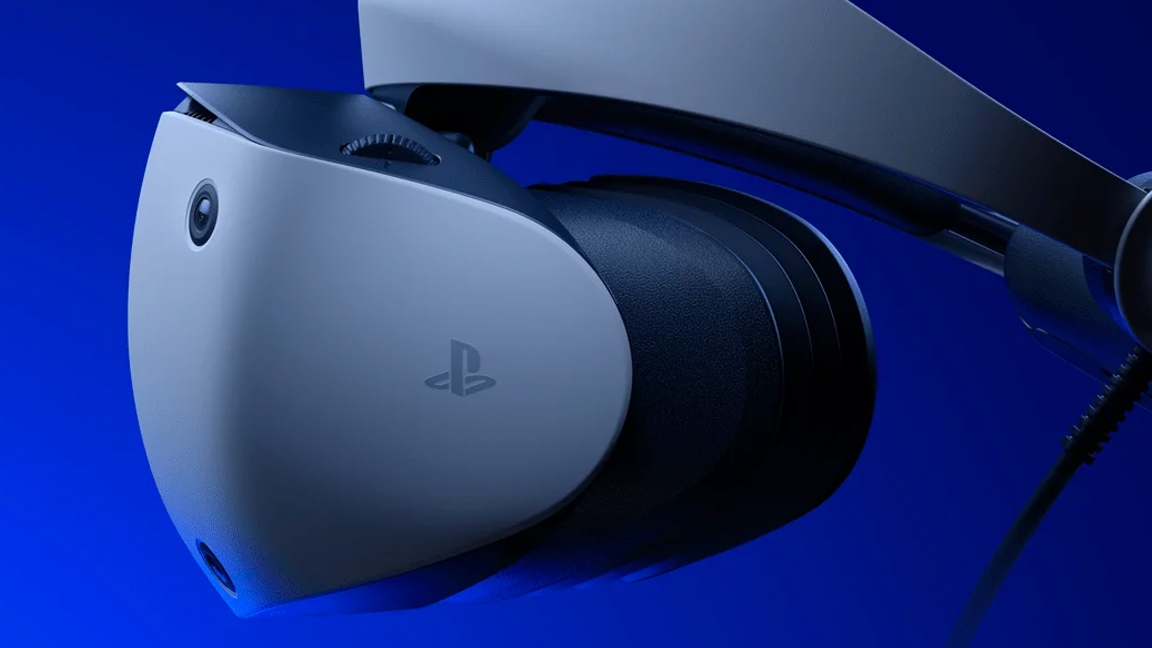
Eye-tracking is far from the only trick under the headset's cap when it comes to immersion, though. It turns out haptic feedback isn't just for controllers any more; you’ll feel a rumble coming from the headset itself too.
Walker's reaction to the news resembled our own, "When I first heard about the [headset], I was like 'Why on earth would you ever put a rumble motor on somebody's head? That would be incredibly distracting!'"
He's since come around to the idea and explains why we should too. "Thinking about it more, there's a couple of really cool things about this. And I think again, you don't use this continuously but [if] you use this in Important, impactful moments there's a couple of really cool use cases for it."
He begins, "The first is that when you think about it what [a rumble motor] effectively is a bass speaker. And it's kind of weird to think of it that way, right? But it's sitting there producing low-end frequencies. That's what a bass speaker does. And so if you want to emphasise, augment low-end rumbles for big, important events, that's a really cool way to do it."
Resolution 2000x2040 per eye
Display OLED HDR
Refresh rate 90Hz, 120Hz
Field of view 110 degrees
Sensors Motion sensor: Six-axis motion sensing system (three-axis gyroscope, three-axis accelerometer).
Attachment sensor: IR proximity sensor
Cameras Four cameras for headset and controller tracking.
One IR camera for eye tracking per eye
Haptics Headset and controller
Audio input Built-in microphone
Audio output Stereo headphone jack
Connection USB-C
Like the DualSense, the headset's haptics will be capable of delivering a variety of sensations, not just a subtle low rumble. But beyond, say, making the appearance of a boss or even an explosion feel much more impactful, the headset's haptic feedback has a surprising amount of utility.
"I think [haptic feedback is] also really useful in moments of collision or things like that. If you're gonna bump into something or fall and land, one of the other things that makes people uncomfortable in VR is having that disconnect between, 'I think I’m about to experience an input’ and 'I don’t feel it,'" Walker explains. "This happens a lot with anything like falling in VR, and then you come to a stop. And because you don't get that input of like, 'Oh, I'm landing' or 'I'm about to land' [you can end up feeling] like, 'Well, wait, there's something's wrong here. I'm not experiencing the input I'm expecting to be getting'. And I think that this head rumble could help with that."
Walker goes on to say, "And I hope people keep pushing that, because this is the first time to my knowledge that I've heard of people doing this in a consumer device. So I’m really excited to see people explore that […] Sparingly used, but when used to great effect, I think it could be really cool."
PSVR 2 controller design
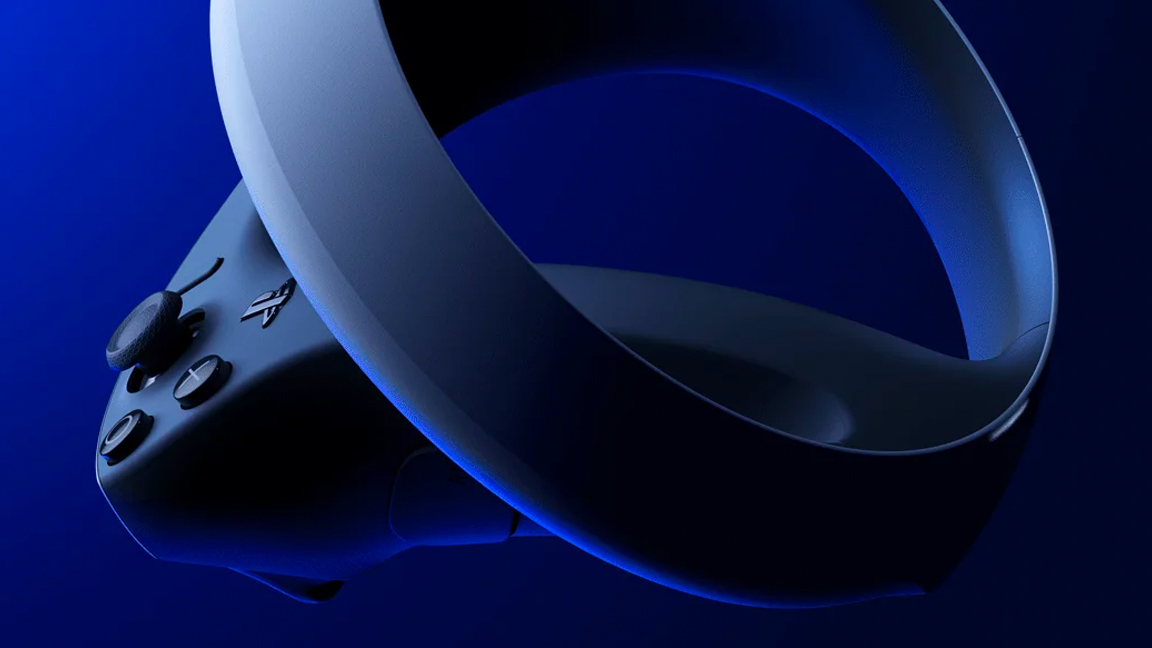
The headset may get top billing but you shouldn’t overlook the new Sense controllers. The ergonomic, orbital design brings PSVR 2 more in line with other platforms, but the controllers also boast plenty of unique aspects well worth getting to grips with.
Punning aside, the Sense controllers are designed to offer an even more immersive experience. Whereas with PSVR you waggle a pair of PlayStation Move controllers like glow sticks, PSVR2's Sense controllers encompass your hands, allowing for more naturalistic movement. A handy wrist strap also means there’s little chance of you accidentally flinging one halfway across the room and then finding a nasty surprise waiting for you back in the real world when you finally doff your headset.
Besides feeling comfortable in the hand, the Sense controllers also boast some impressive tech. Built-in finger-touch detection means your movements will be more accurately reflected in-game, while the multiple cameras within the headset keep track of the controller as it moves through physical space. Together these features also mean you're less likely to come up against the immersion-breaking invisible walls sometimes experienced when you gesture your controller outside the field of view of PSVR's single external camera setup.
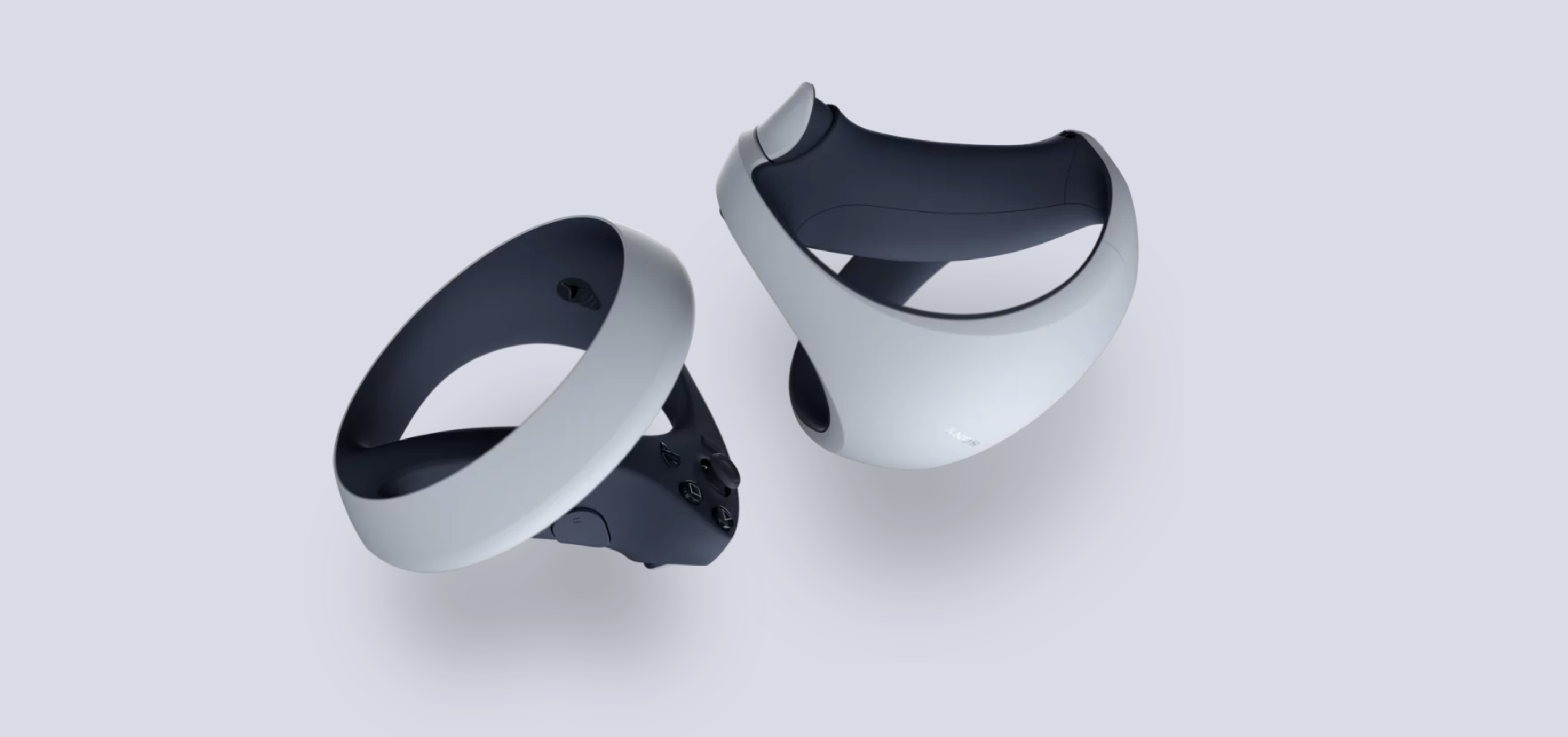
The PSVR 2 Sense controllers have got plenty more going for them beyond that, so we’re asking Polyarc's principal engineer, Brendan Walker, for his expert opinion. "I am so pumped about the new controllers," he tells us, "because we finally have a set of high-quality VR controllers. I think that they have the potential to be the best in this current generation for a couple of reasons."
So, we wonder, what aspects are particularly exciting to him? "We’ve got you know, great tracking. Finally, you have two hands, which is huge, right? We’ve had to design a game that works single-handedly [with the DualShock 4] or dual-handedly [with the PlayStation Move controllers]. […] So now we have two proper hands and what can you do with that?" The short answer is 'a lot.' Walker highlights the practical aspects of the design.
He explains, "Their design for the tracking ring was super-interesting. You'll notice that it's [positioned] more toward the back of the hand, and one cool implication of that is that it means it's easier if you need to have two-handed interactions that are closer to each other. You can do that, because the tracking rings aren't going to bump into each other. So, that's pretty cool! [It means] you can get higher-precision interactions." We’re excited by the prospect of having slightly less awkward limbs in VR, but also the opportunity for more accurate high fives and realistically awkward finger guns.
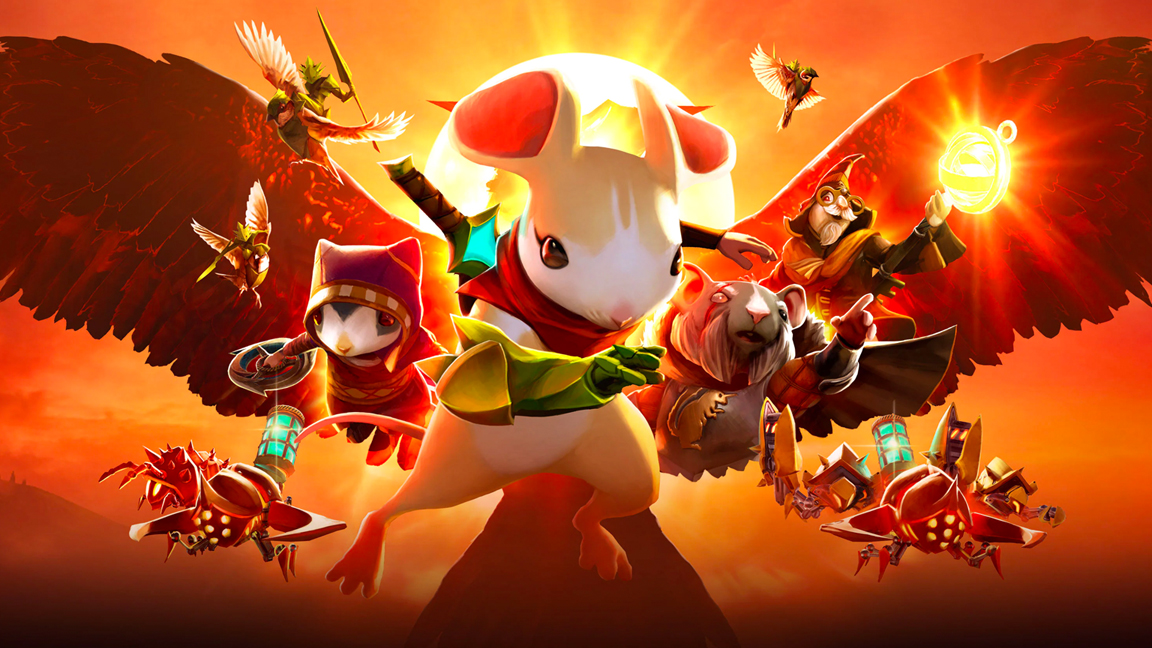
Like the DualSense and the headset, PSVR 2's controllers will feature refined haptic feedback. "They've kind of pushed the envelope on haptic feedback for the controllers, which I think is super-cool," Walker says. "I think in broader terms of VR, we've continued to increase the fidelity of haptic feedback in the controllers and that’s such a cool signal to the player – often a subconscious one. But it's really important to know your hands – you know, these ethereal mouse cursors that can pass through the environment – you need some way to know when you’re touching something or running over something. That’s important."
The haptics on your head and in your hands are set to create next-gen virtual reality experiences incredibly immersive. Polyarc's own Moss series centres on mouse protagonist Quill, who enjoys a scratch behind the ear herself. Were the series to make the move onto PSVR 2, it's obvious how your interactions with Quill would benefit from the enhanced haptics.
This article first appeared in Play Magazine issue 13. You can subscribe to the print edition, digital version, or save even more with the print/digital bundle – whatever you choose, you’ll be receiving an unprecedented trove of dedicated PlayStation coverage every month.
Read more:
- PSVR 2 reaction from ILMxLAB
- The best headsets for PS5 and PS4 consoles
- The best PS5 controllers: including PS5 pro controllers

Thank you for reading 5 articles this month* Join now for unlimited access
Enjoy your first month for just £1 / $1 / €1
*Read 5 free articles per month without a subscription

Join now for unlimited access
Try first month for just £1 / $1 / €1

Jess is hardware writer for PC Gamer. She is the former games editor of PLAY Magazine as well as previous writer for Official PlayStation Magazine, and is known for championing the weird, the wonderful and the downright janky.
- Ian DeanEditor, Digital Arts & 3D
